The 32 things you should avoid doing if you want your home to feel cosy and inviting
Struggling to relax at home or noticing your guests don't stay too long? These tips can make your home feel cosier


Home is where the heart is. There's no place like home. Home is the comfiest place to be. There are plenty of quotes about making home a place you never want to leave, but is it as simple to achieve?
There are plenty of tips on how to make the most of a small space, like making your living room feel bigger, but sometimes, a house just doesn't feel like a home and you can't pinpoint why.
If you want a bit more cosiness, avoid these easy mistakes.
32 things to avoid if you want your home to feel cosy
Avoid choosing the wrong lighting
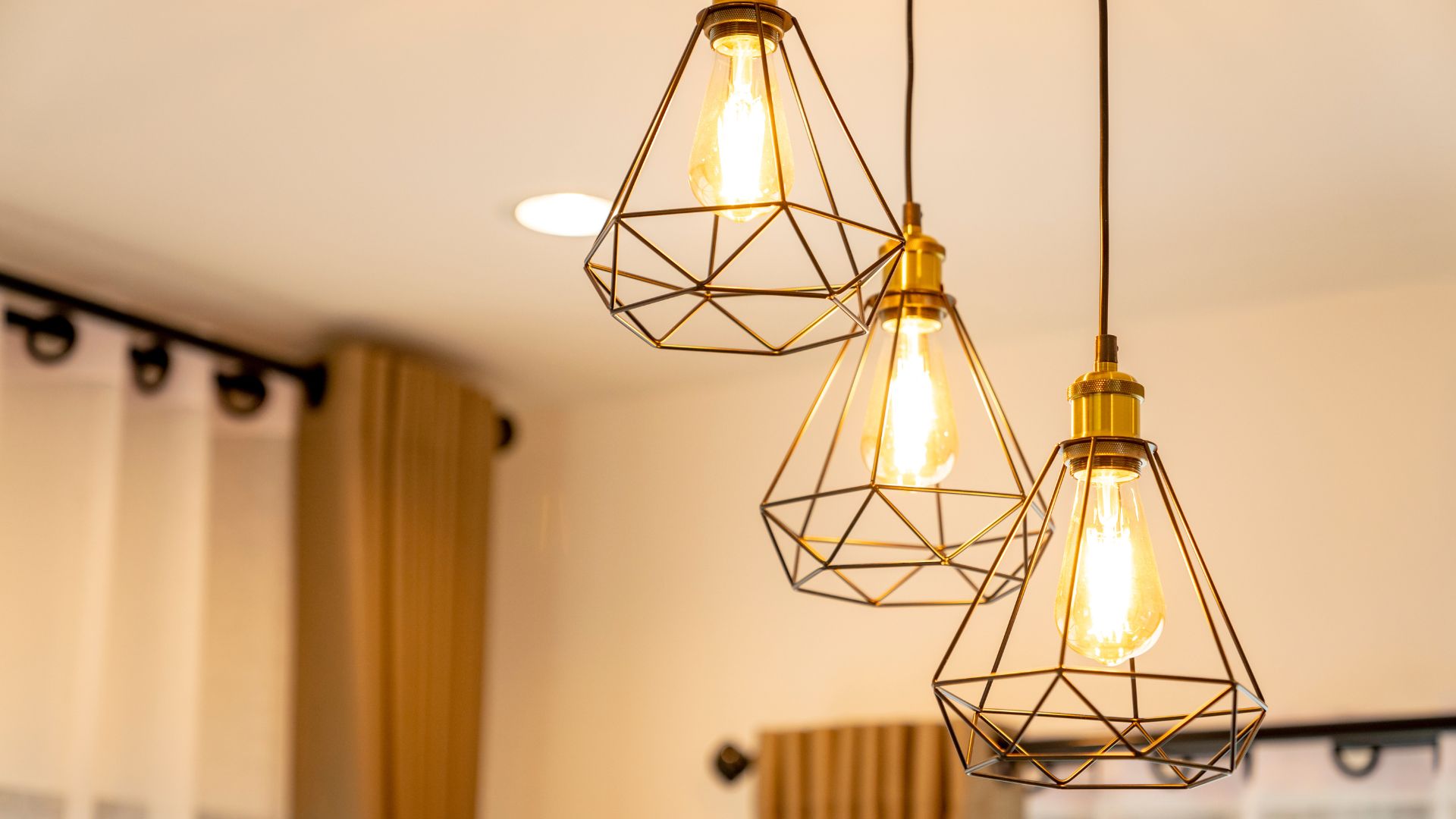
The right lighting can completely transform the mood of any room.
Bringing in more natural light, changing the temperature of your lightbulbs, as well as adding layers of the right kind of lighting for the room are all important factors in making a home feel cosy and inviting.
A very simple trick is investing in something like the Pooky wireless rechargeable lights - they can be easily modified to be adapted to your mood.
Here are our Homes Editor's top picks from the range.
Sign up for the woman&home newsletter
Sign up to our free daily email for the latest royal and entertainment news, interesting opinion, expert advice on styling and beauty trends, and no-nonsense guides to the health and wellness questions you want answered.
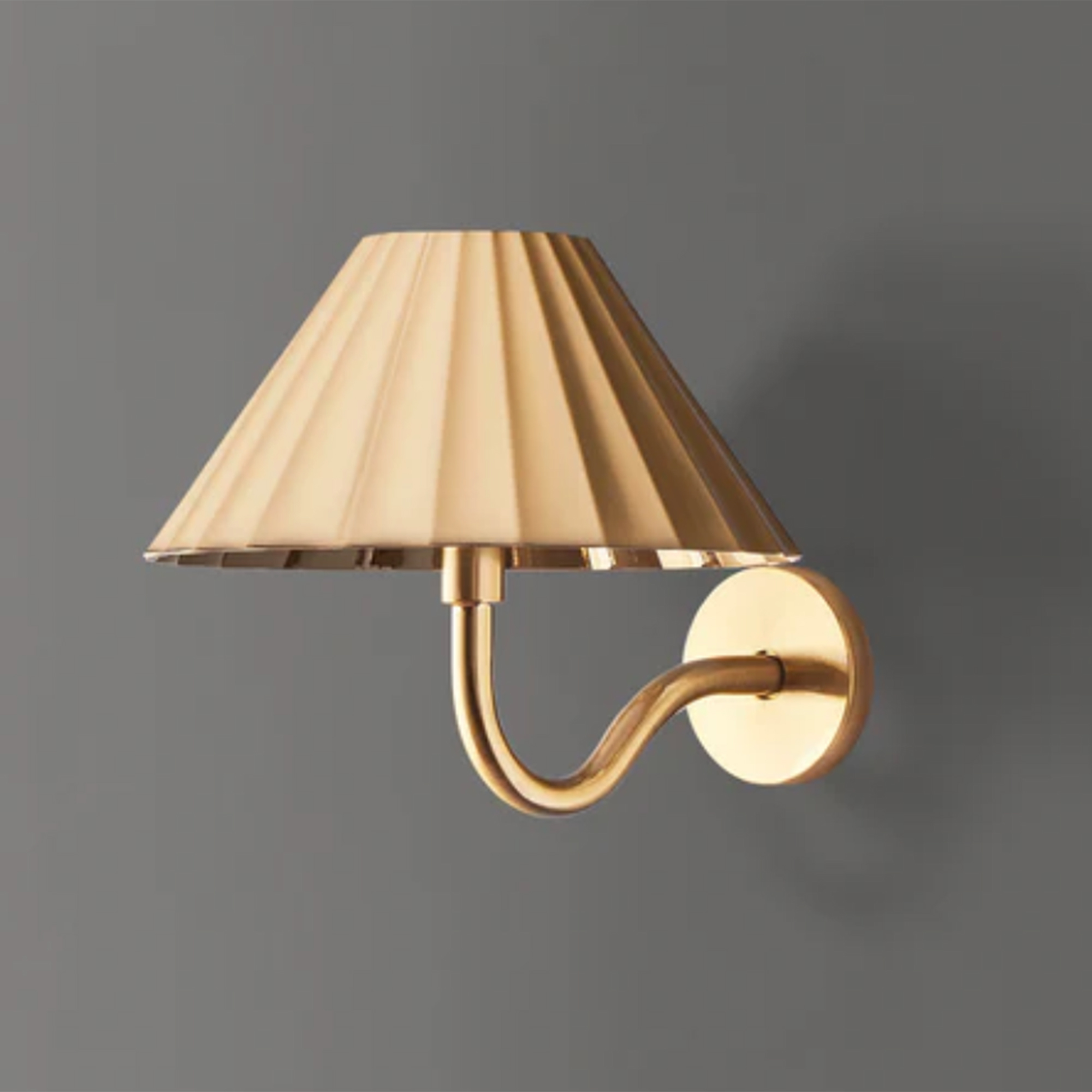
RRP: £100 | To put this stunning wall light up all you need is two tiny screws to attach the bracket, rather than carving up your walls tracing electrical flex. The smart design is rechargeable, simply pop off the shade and plug-in using a USB.

RRP: From £132 | This antique-style brass light is an affordable way to accentuate artwork with easy assembly in minutes, offering at least fifteen hours of charge and remote-controlled functionality.
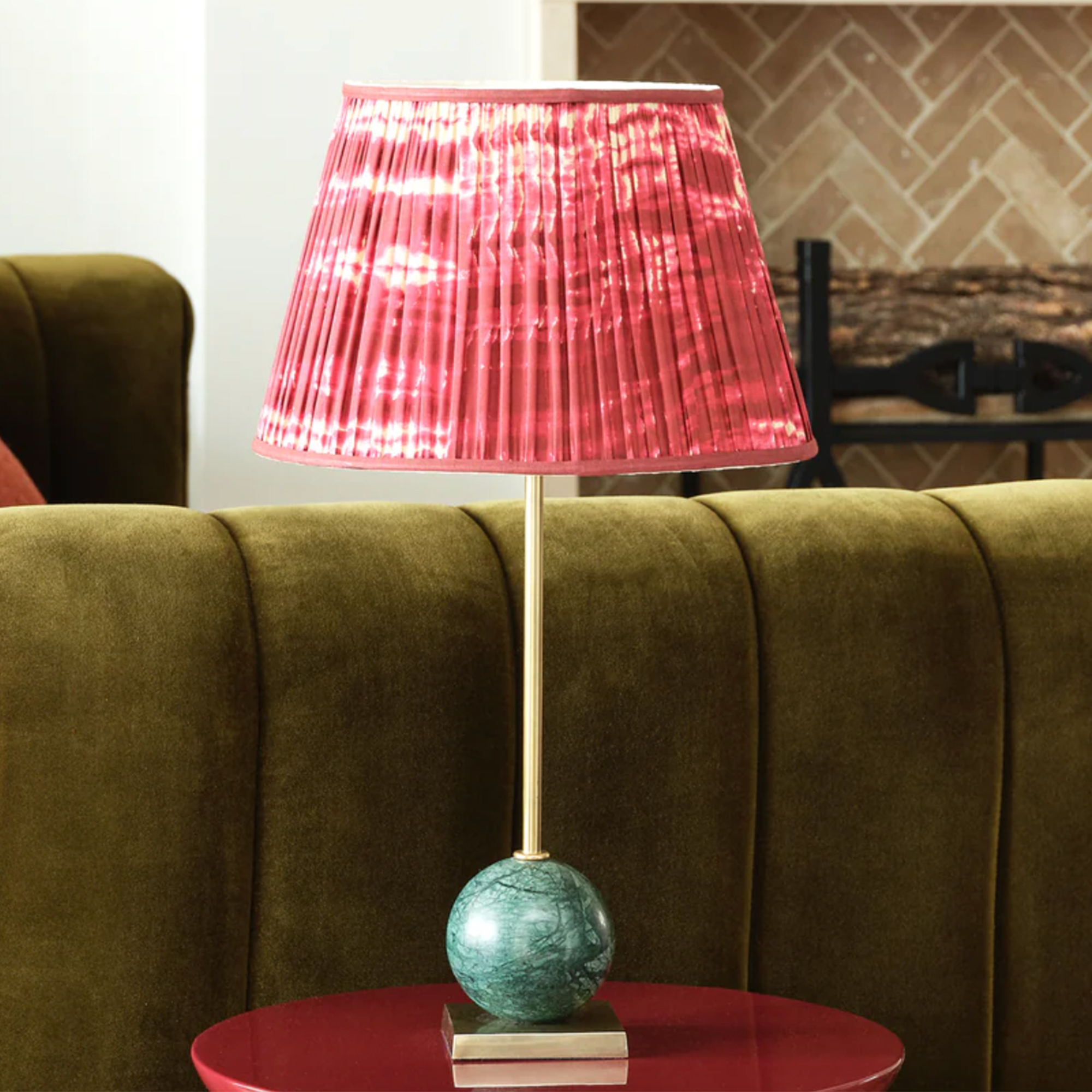
RRP: £110 (shade not included) | This decorative lamp is ideal to give your home personality with an injection of pattern and colour. The characterful cordless design features a circle of stunning green veined marble with a choice of patterned shades to match.
A lack of personal touches

Following the best interior design trends for 2024 is one thing, but the most important part of any home is you - your tastes, your whims, your quirks. Signs of your interests and family will let any guests know something about you, and create a sense of warmth.
Like building a fashion outfit, you should always think about how to fit a trend around you, rather than fit into a trend. Do the same for your home.
Avoid too much clutter

More is more can work sometimes, but not when you’re hoping to create a cosy environment. It’s hard to relax if there isn’t space to breathe or think, surrounded by too many overly-stuffed shelves, cabinets, and things protruding out.
You don't need to get rid of things if you're a sentimental type - there are plenty of decluttering tips that'll help you organise your space so things aren't out in the open, and this can be as simple as placing things inside baskets or grouping similar items together.
Avoid too much empty space

While too much clutter can make a space feel stressful, leaving a room sparse and empty can leave it feeling cold and unwelcoming. A cosy space needs to feel lived in. You don't even need to overdo it, just pops of colour with some well-placed cushions or a strategically placed plant can make a space feel more inviting.
The whole room might not even some work, decorating an empty corner can liven up a space.
Designing for the wrong scale
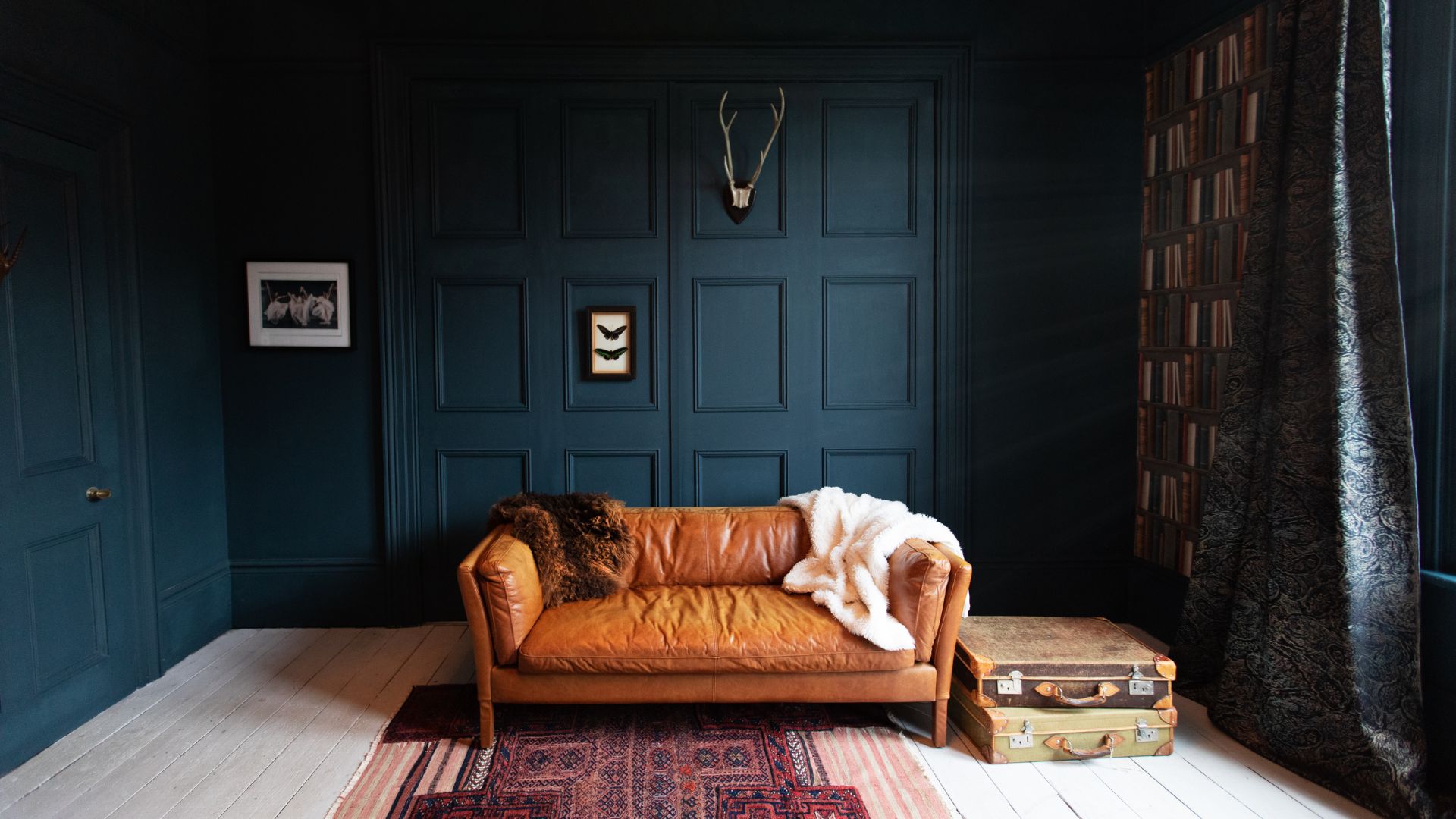
Understanding the space you're working with is essential. One size won't fit all - and you can't just lift and shift an interior you've seen and admired elsewhere.
For example, too many small things in a room can make the space look cluttered. Similarly, overloading bulky pieces in a tight space will suffocate it.
It’s all about proportions and diversifying. The trick is to mix the scale. Think of a well-designed city - you want a skyline of different heights, clever use of differing shapes, and different textures keeping the room interesting with a solid flow.
Avoid cold surfaces
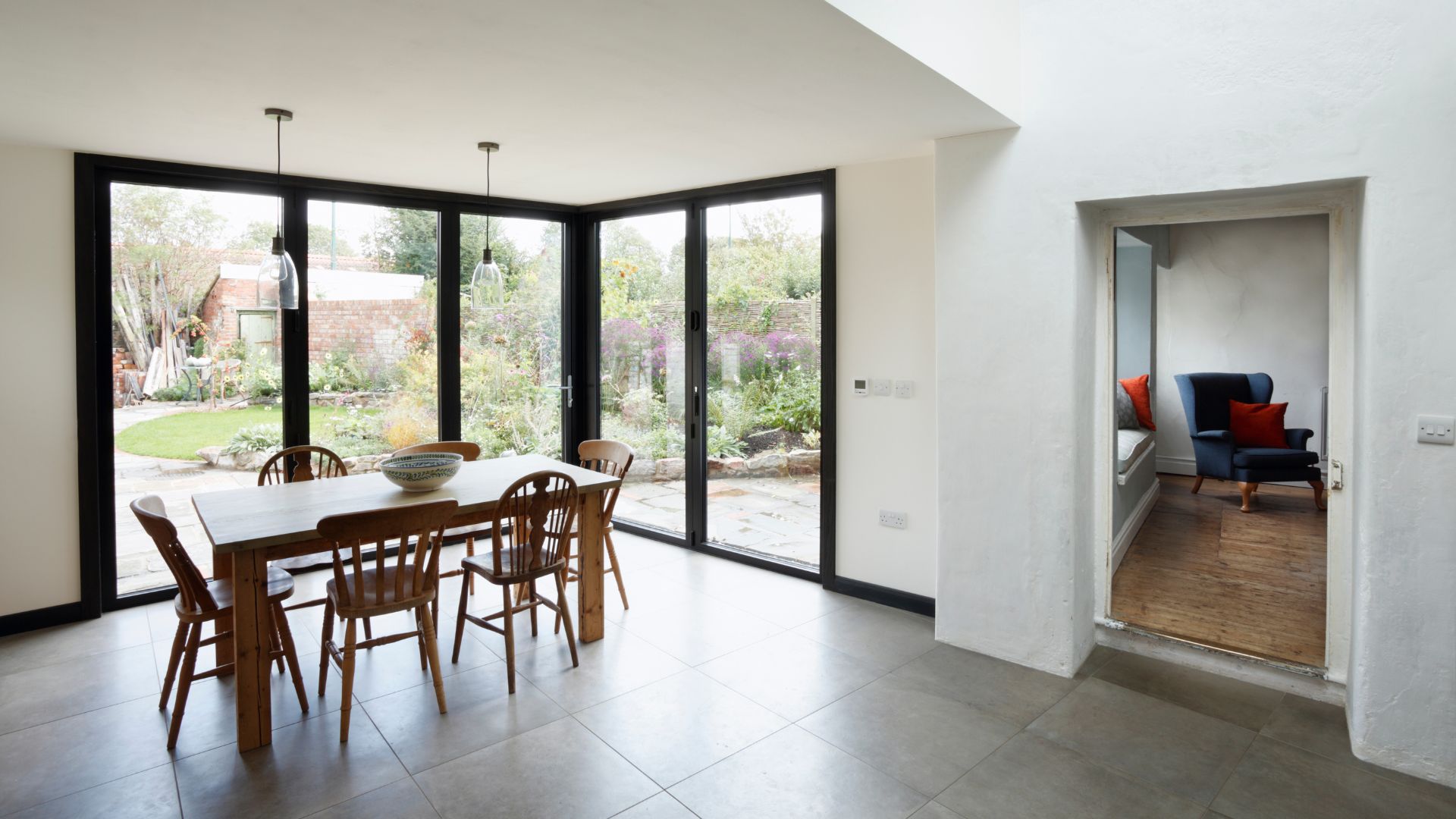
Tiles - be it floor tiling or wall décor - can look chic, but in more communal spaces, like a living room or den, they can literally bring a touch of coolness and make it harder to get cosy.
Consider carpets or rugs if you want to keep tiling in cosy spaces.
Using the wrong-sized furniture
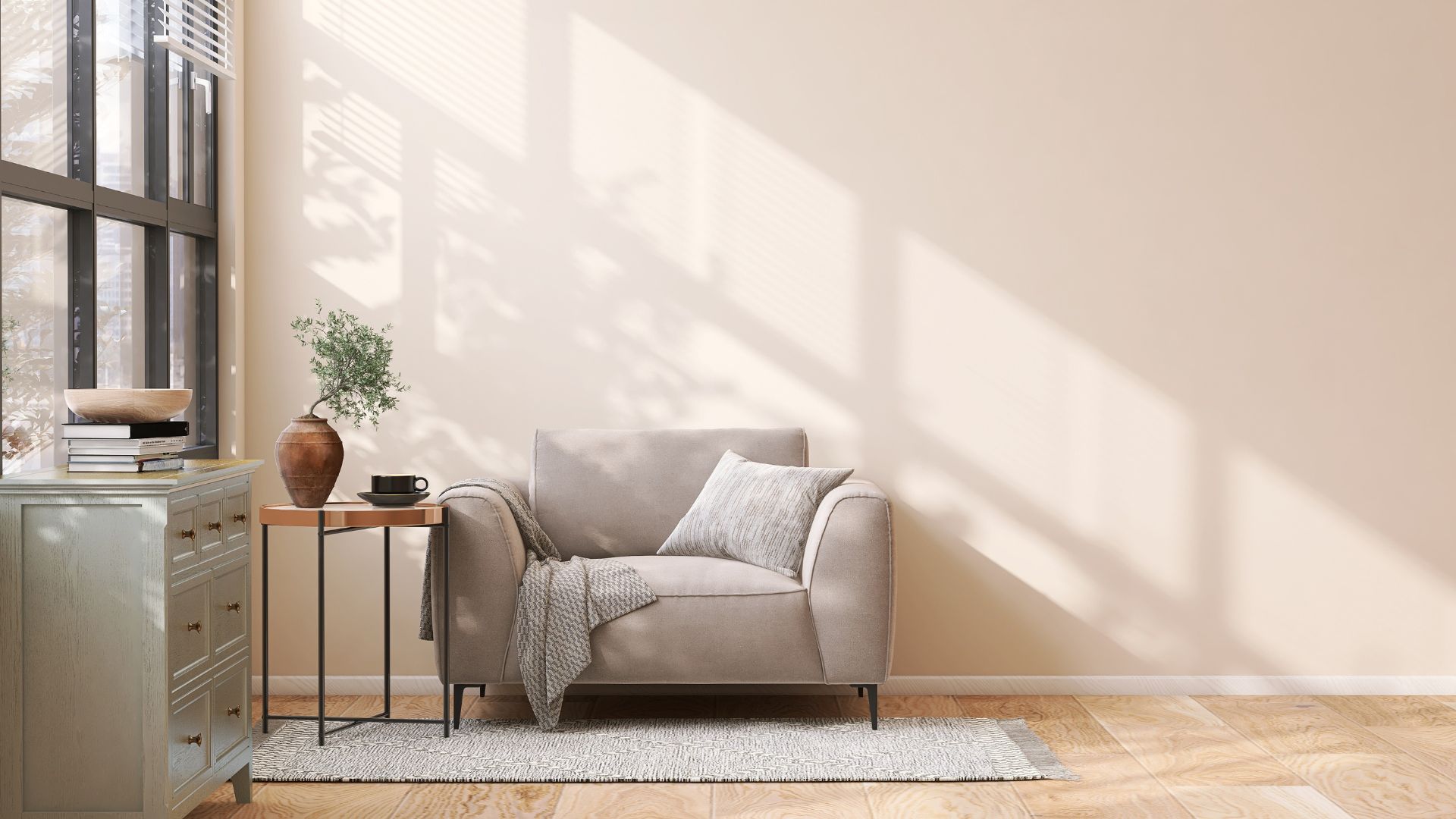
While a statement oversized piece can be effective – especially for a small space – having too many chairs, sofas or pieces that overwhelm a room can make it feel cluttered, and you might not feel properly at ease or guests might not feel like they have the space to properly unwind or have their own space.
Similarly, having chairs or décor that looks too small for a room gives off the impression of poor planning or incomplete designing.
Avoid being too matchy-matchy

A monochromatic look is elegant and when used smartly, can be a real defining statement style. However, you need to play with balance and tonal shades if you’re thinking of sticking with one particular colour or theme.
Having everything merge into one can be jarring and unwelcoming - and certain kinds of monochrome (such as all earth tones or muted colours) risk looking like a dated trend.
Avoid feeling too exposed
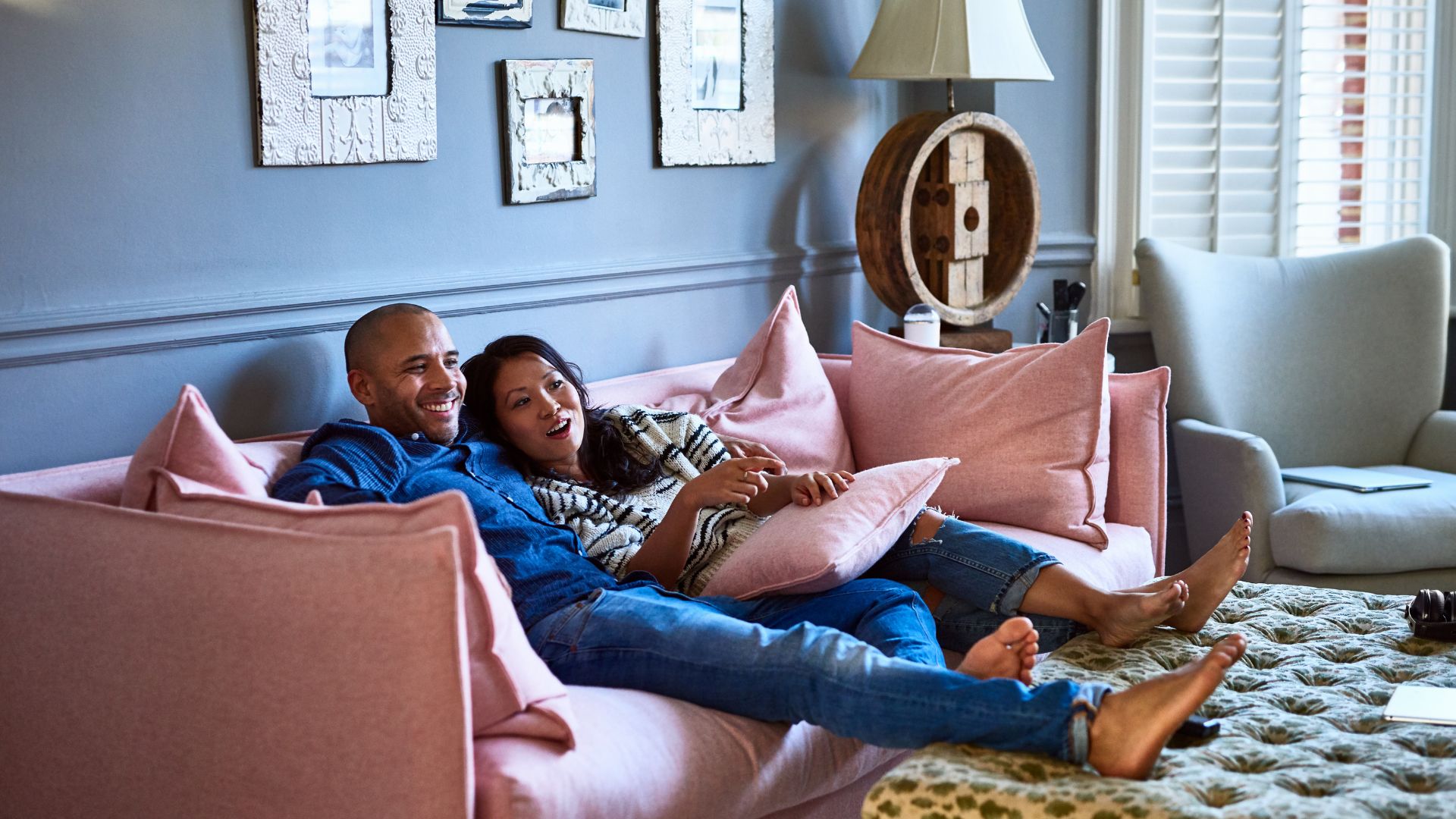
Not that we’ve watched too many horror films, but it can ruin the relaxing vibes if you feel like someone’s watching you… or someone can sneak up on you.
When it comes to planning your interiors, you will want to make sure you feel cosy and sheltered. This can be as simple as making sure you have properly fitted curtains on your windows, or not having your sofa back out onto an open doorway.
This will also help with cosiness as it can stop unwanted draughts.
An abundance of heirlooms/keepsakes

It's not unexpected to want to display things that have been passed down through your family - or you might even feel obligated to put things you've been given on display. This is all fine and can bring a sense of history to any room, but having too much knick-knacks in one place can look messy and chaotic. It also doesn't give some of your special items room to stand out.
If you have plenty of things with history to display, try grouping a few themed items together and spread them out around different parts of the house.
Forgetting to design for noise
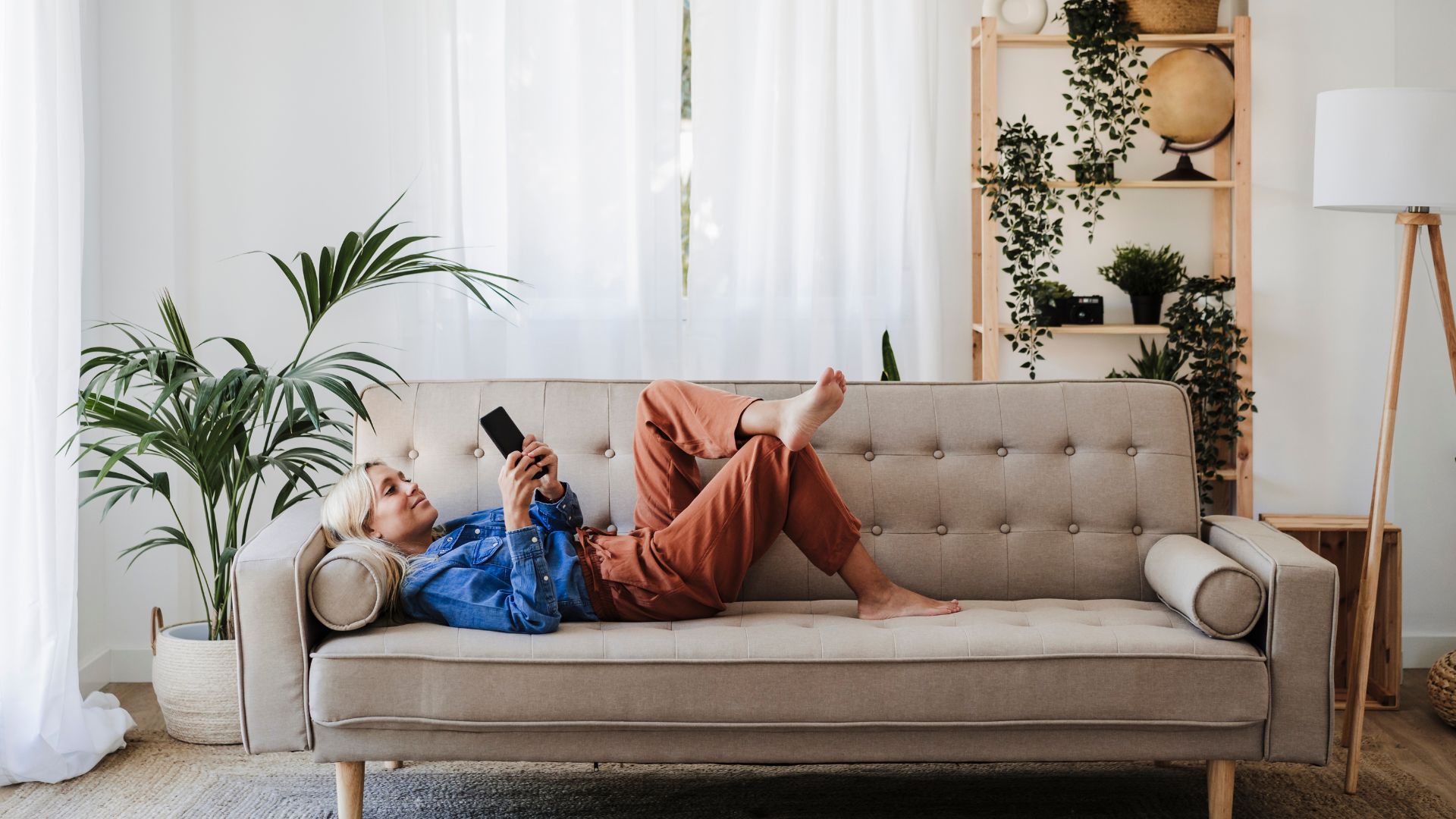
When planning the design for a room, one must always take into consideration sound as well as sight.
Forgetting how to soundproof can ruin the cosy vibes, especially if you're living in a city where spaces are smaller and tend to be shared. For example, if you have particularly noisy neighbours, you wont want your chair or bed right by an adjoining wall.
If you have children, you'll also want a cosy space where you can relax with a closed door and keep the noise out.
Overdoing the metallic aesthetic
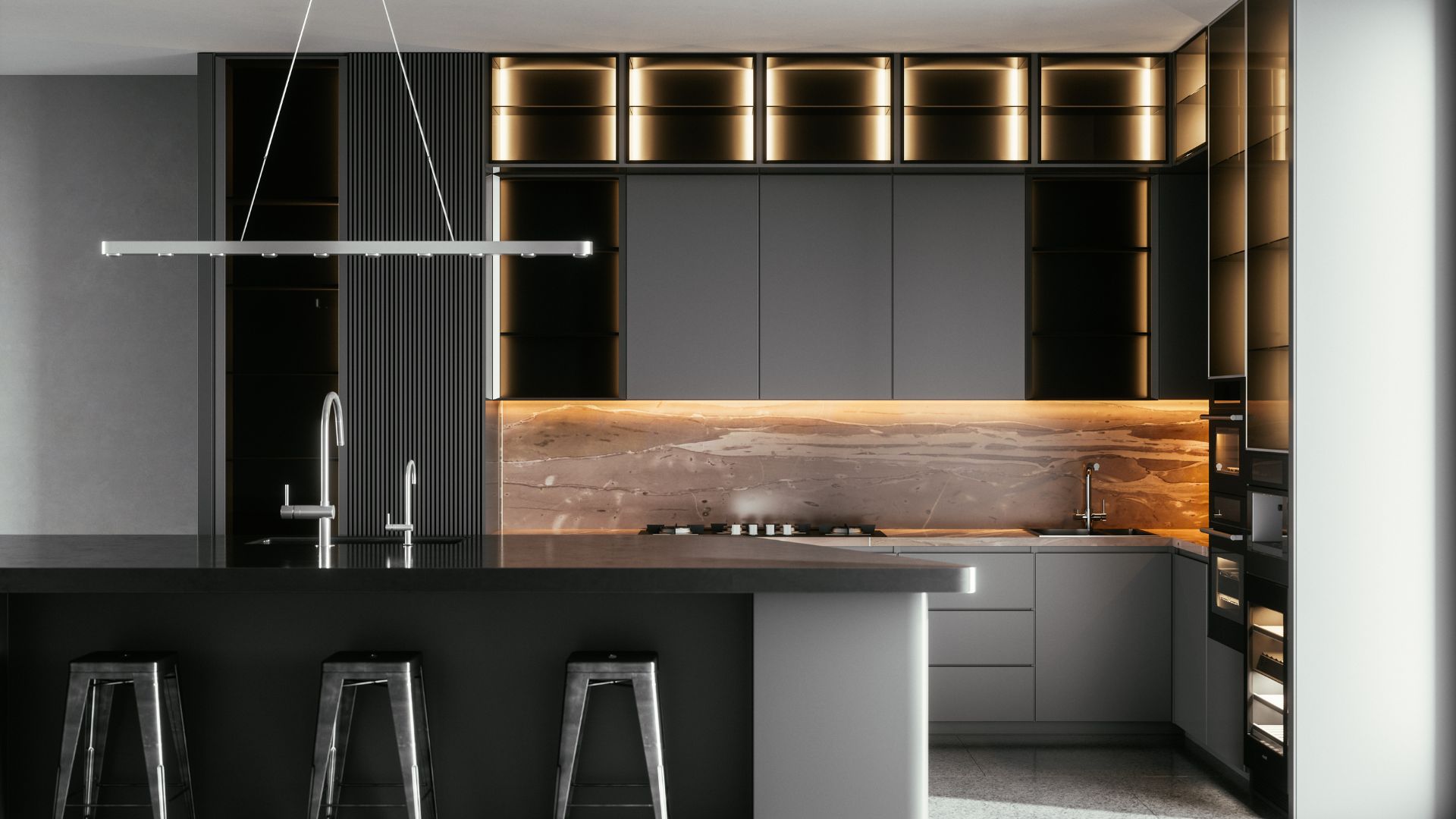
Metallic embellishments and features are a timeless trend that exudes luxury – brass, gold and silver are especially favourite touches that can always be relied on to elevate décor.
However, there can be too much of a good thing. Overdoing metallics can give off a cold feel - it's in their very design intent. If you like the look, interspersing metallic touches with warmer textures can work. Or consider, at least, using warmer metals, like amber and rose gold.
Avoid valuing form over function

It's a classic battle when designing your dream spaces - how do you find the right balance between style and substance?
A place can look perfect, but is it fit for purpose? Can you actually sit on your chairs? Are they comfortable and big enough for you, your family and guests? Do your tables make dining easy?
If your space looks like it’s from a magazine spread but you can't *actually* use the room, it’s not a cosy space to live in.
Avoid a lack of textures
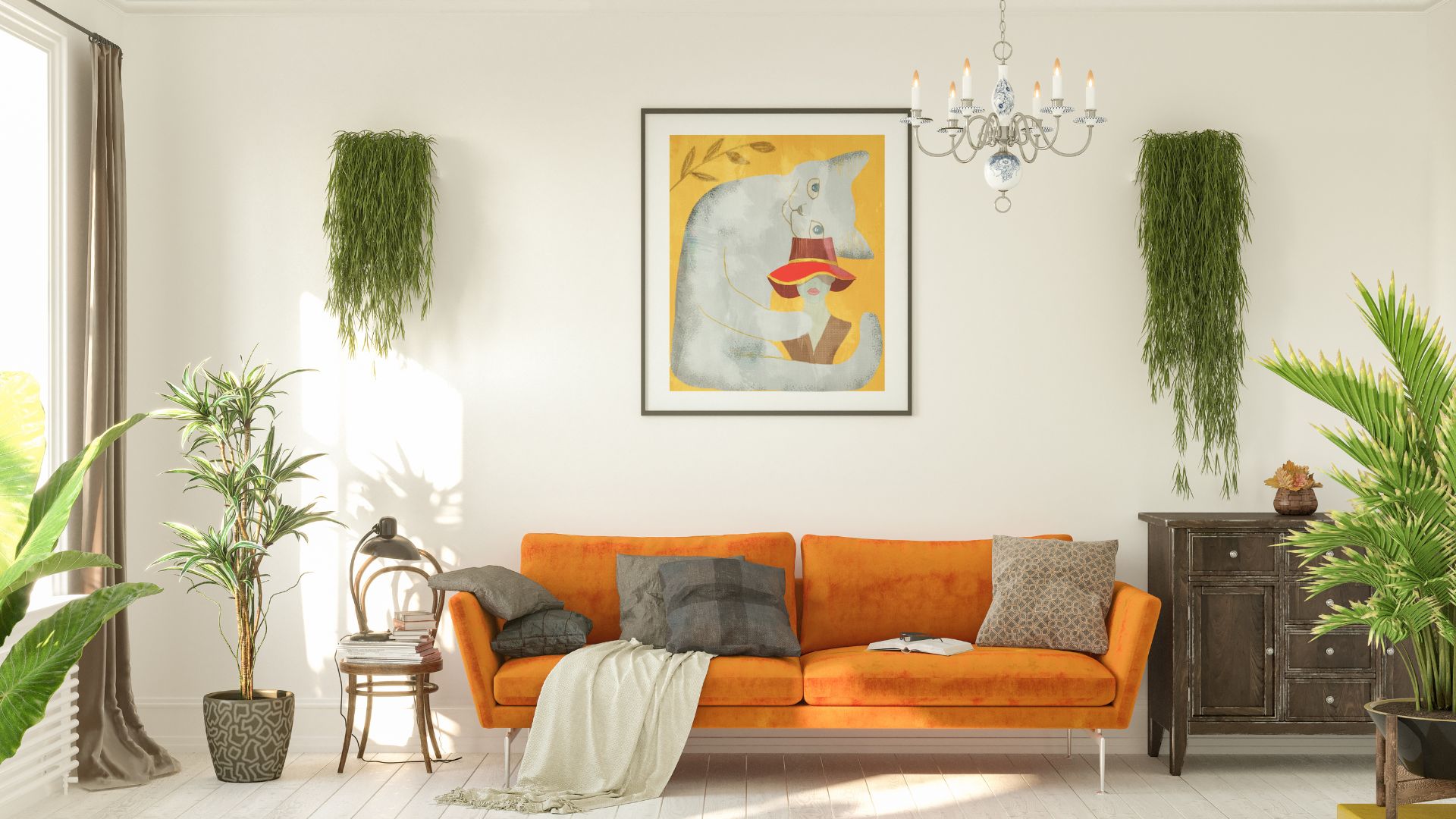
A very simple thing to remember when trying to create a cosy, warm environment is texture.
It can be almost clinical and cold to have a room devoid of different fabrics and feeling. From fluffy rugs to firm pillows, it's a gesture for people to feel at ease and make themselves at home.
Don't go too minimalist
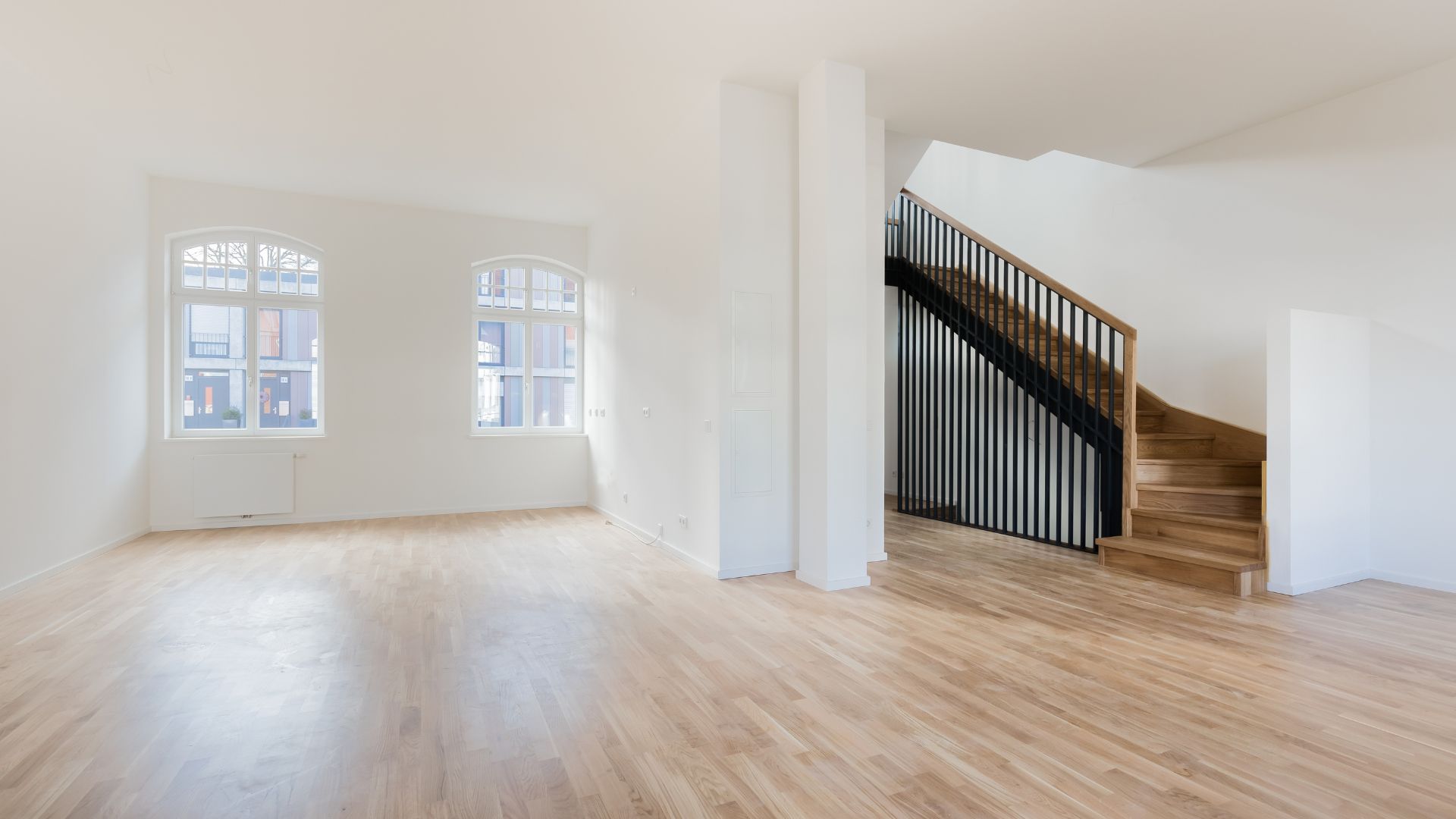
We all rode the Marie Kondo wave, and decluttering can be great in opening up a space, but there's always the risk that people can mistake the intent of minimalism and just end up with a place that feels sparse or unfinished.
Minimalism works when it allows a space to breathe. Have you got a great sofa that should be the focal point of a room? Then don't overcrowd the space with too many stools and pouffes.
However, if you aren't intentionally designing a space around a feature, a minimalist aesthetic can leave your room feeling like a gallery space - uninviting and not homely.
Avoid putting budget before everything
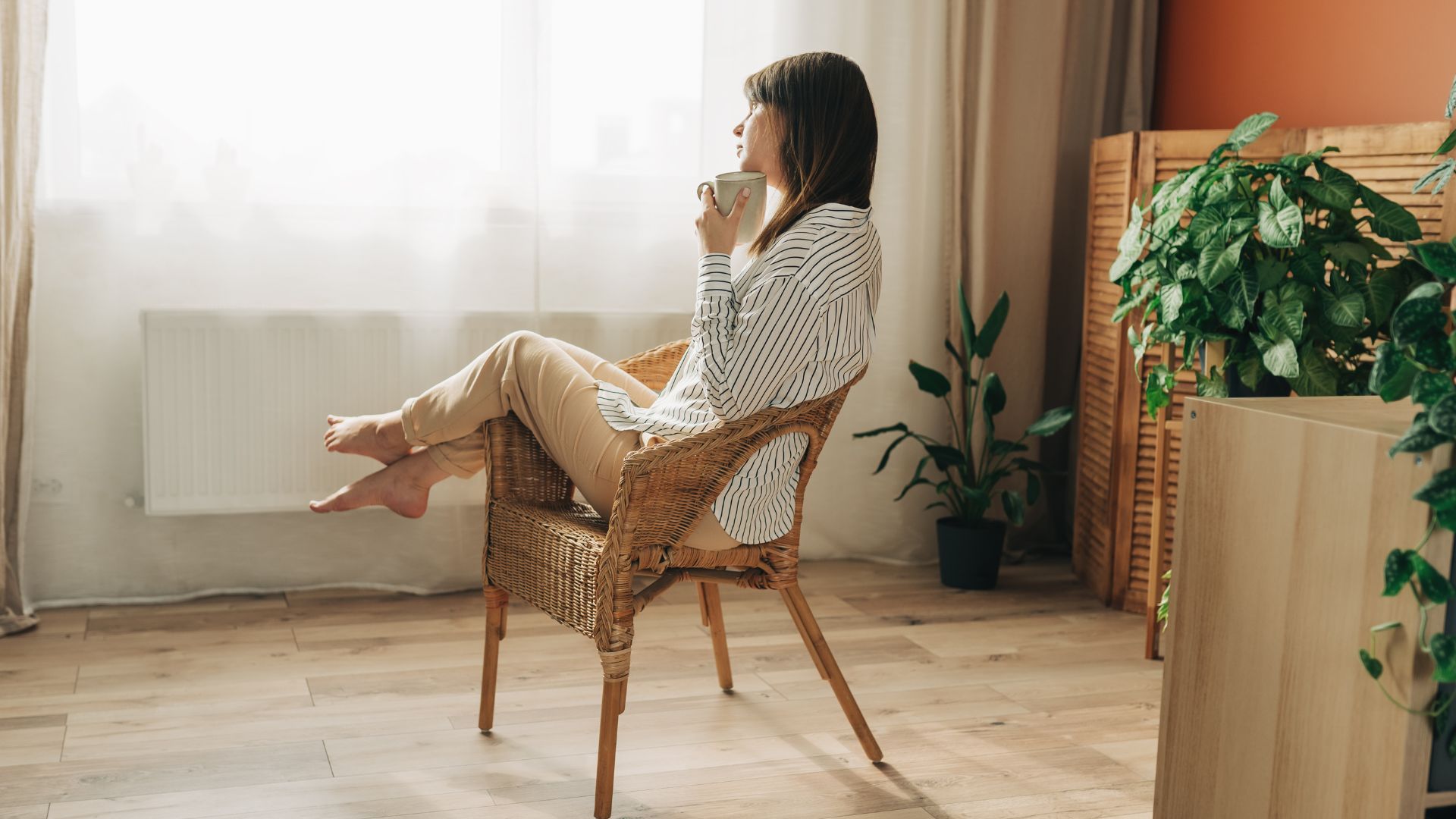
We love frugality - and there's nothing like being able to design a room within a budget - but there’s an old adage that if you buy cheap, you buy twice.
Saving in the short run but not loving what you buy will always make a room feel incomplete. Furthermore, a cheaper item might not feel as inviting – things like limp pillows or unflattering light bulbs.
Forgetting those snug touches
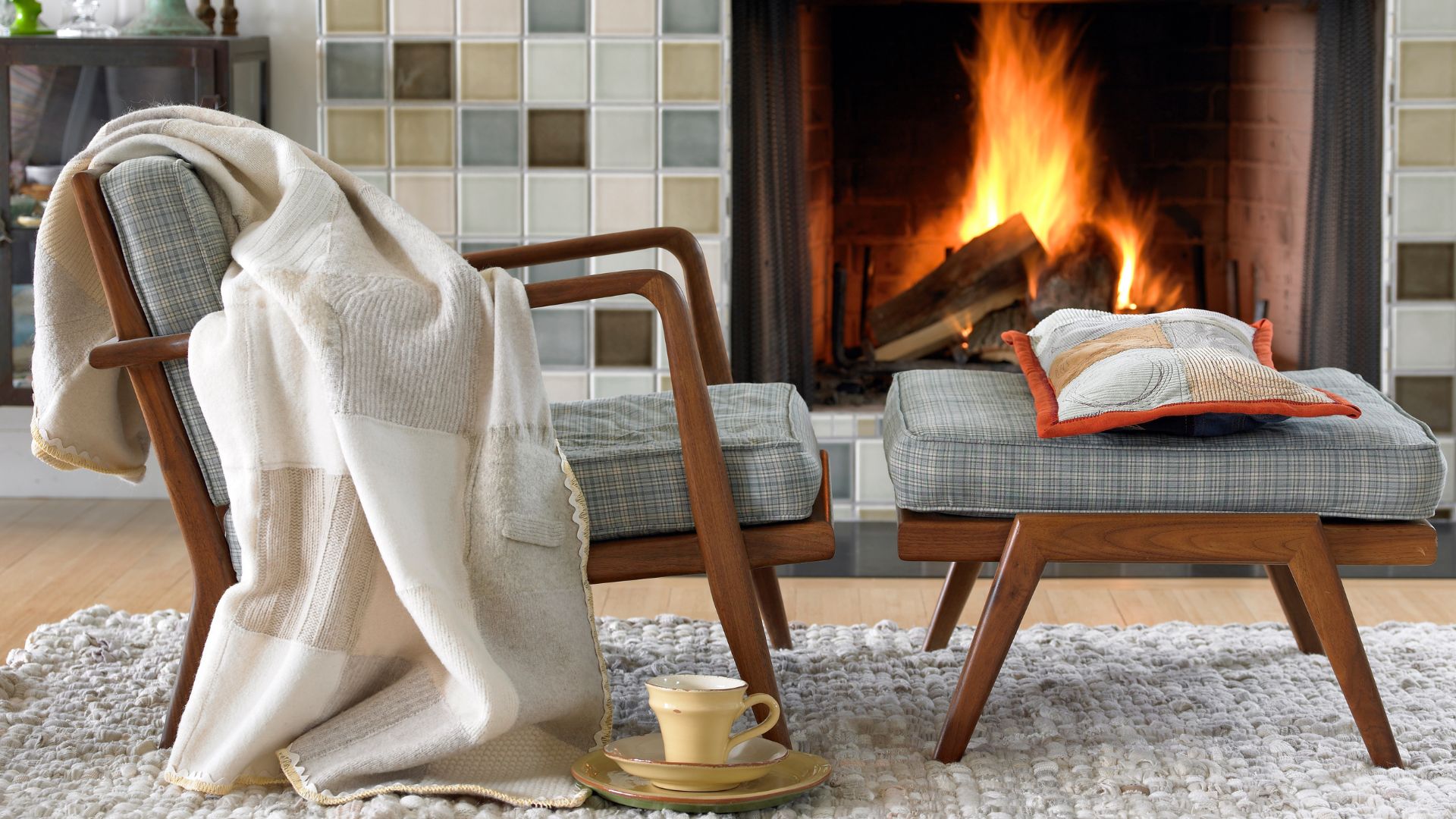
You’ve bought a great sofa set or you’ve designed a window nook – but then many consider the job done. Like when it comes to wearing an outfit, you don't stop at just the core piece. We accessorise.
A fluffy throw on a chair can immediately transform it, and the right amount of cushions can turn a space into the perfect place to read a book or get comfy.
Avoid an overly-industrial look

Exposed brick and beams can be dramatic, memorable and oh-so-stylish, but there needs to be a balance struck. While it's a strong aesthetic, without homely touches the final effect can be uninviting.
You don’t need to go full hygge or cottage-core if that isn’t quite your style, but consider how cold a huge open space with too much glass and brick could feel to someone visiting.
Even just adding a properly sized rug, blankets or a curtain for the window could help your space go from feeling like an office to a cosy home.
Hide your office space

Whether it's freelancing or hybrid working, people bring their work home with them more than ever before. However, for a real cosy feeling - and for a real separation between work time and home time - you don’t want your workstation on full display when off the clock.
Out of sight, out of mind, after all.
Think about designing a space so you can properly unwind and pack up after you're done for the day – if you’re short of space, even things like well-placed screens or a foldable table can help.
Choose artwork carefully

Art should elevate a space while still feeling personal and authentic to your space. You won't feel cosy having something in your home that you don't truly enjoy.
This means that, when choosing a piece of art, not only should it capture something about your personality and your interests, it shouldn't overwhelm the space or look obviously out of place. Consider proportions and how they complement the colour scheme of your room.
Don't forget about plants and nature

Nature can have a soothing effect on our wellbeing. That’s why designing a space with room for indoor plants can make it feel more inviting. Many classic trends, including bohemian, Scandinavian, or tropical styles, use plants to bring a sense of natural beauty and serenity to any space.
It can be as simple as adding a vase on a bookshelf or a coffee table, but you could also introduce something larger, like a crawling plant design on the wall. If you can't do that, even positioning your seating so you have views of outdoor garden spaces can bring a cosier feeling.
Properly sized curtains and blinds
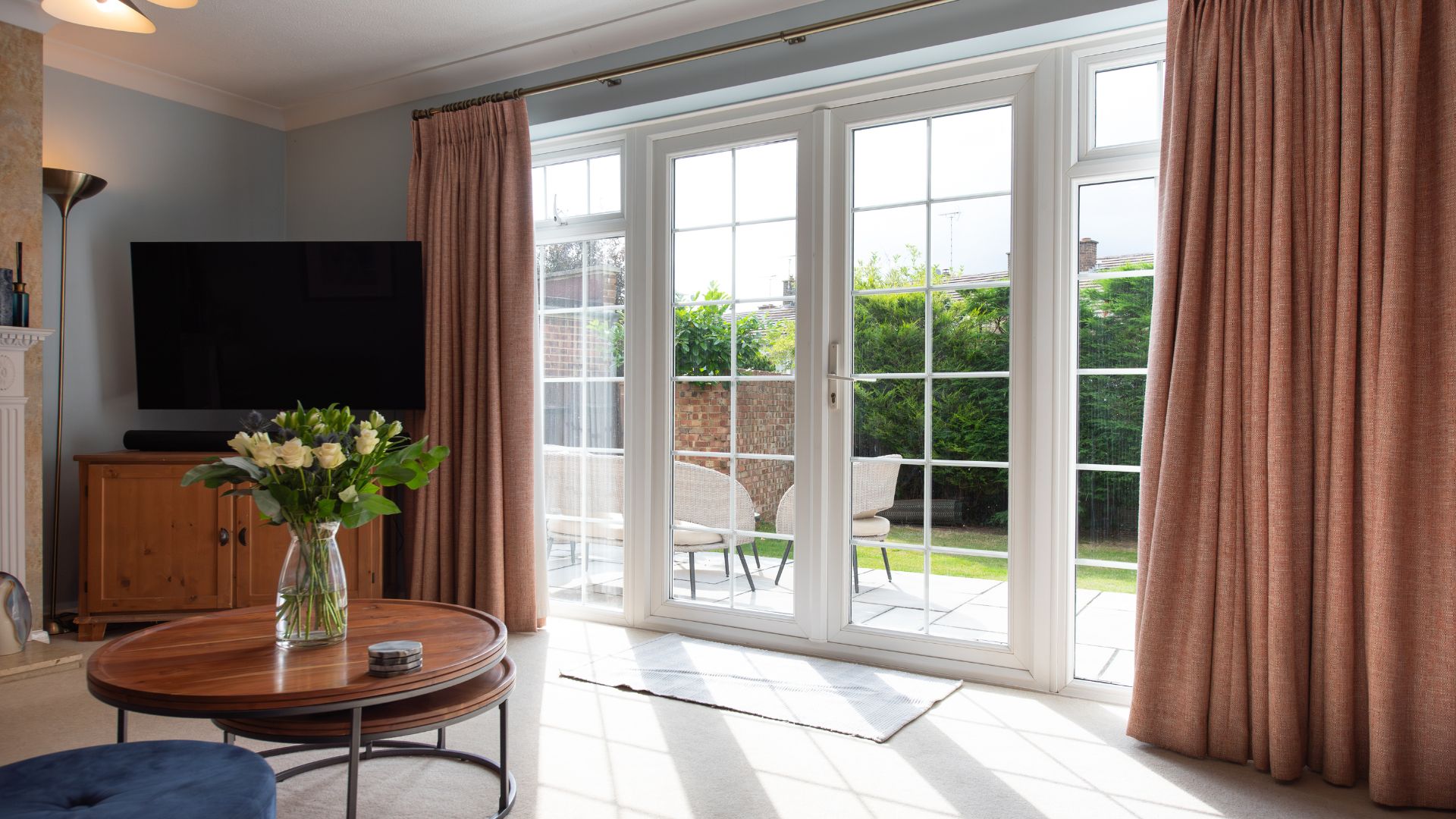
Curtains and blinds aren't merely functional in guaranteeing privacy, they can really amp up the cosy feeling of any room.
However, improperly sized curtains can ruin this feeling. When they're too short, it can make the window look smaller than it is. It also means people could peek in, ruining your relaxation.
Similarly, curtains that are too long trail along the floor and look shabby.
Overlooking the small details until it's too late
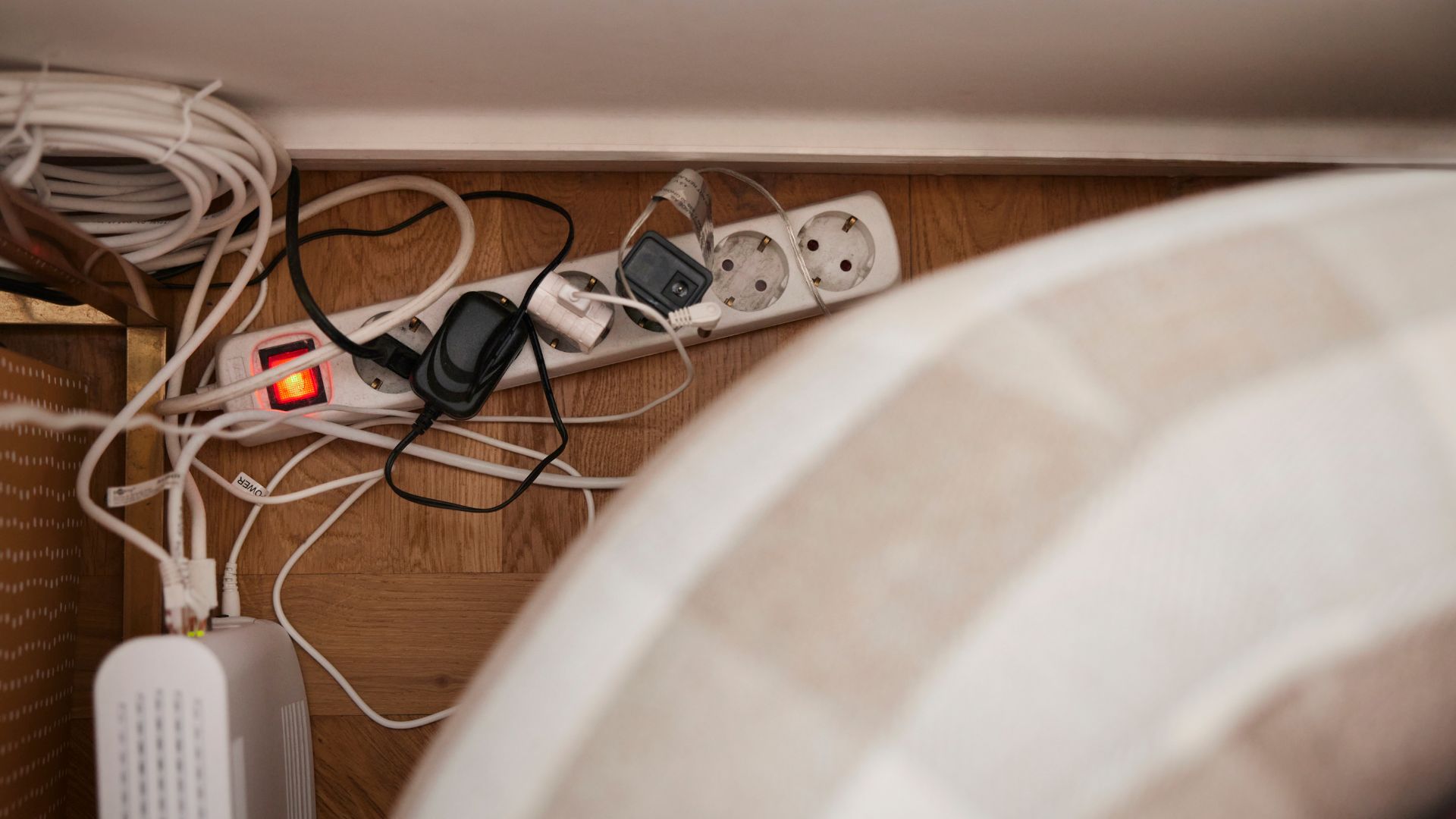
Picture it: your clean, calm room is all but finished. Just as you sit on your perfectly picked out sofa with comfortable cushions and a fluffy rug, you spot a scuffed skirting board in the corner of your eye.
These small details are the sort of thing that ruin the cosiness of a room. Other details to consider include exposed wiring and plugs, exposed curtain ties or mismatched fixtures.
Don't forget to include antiques
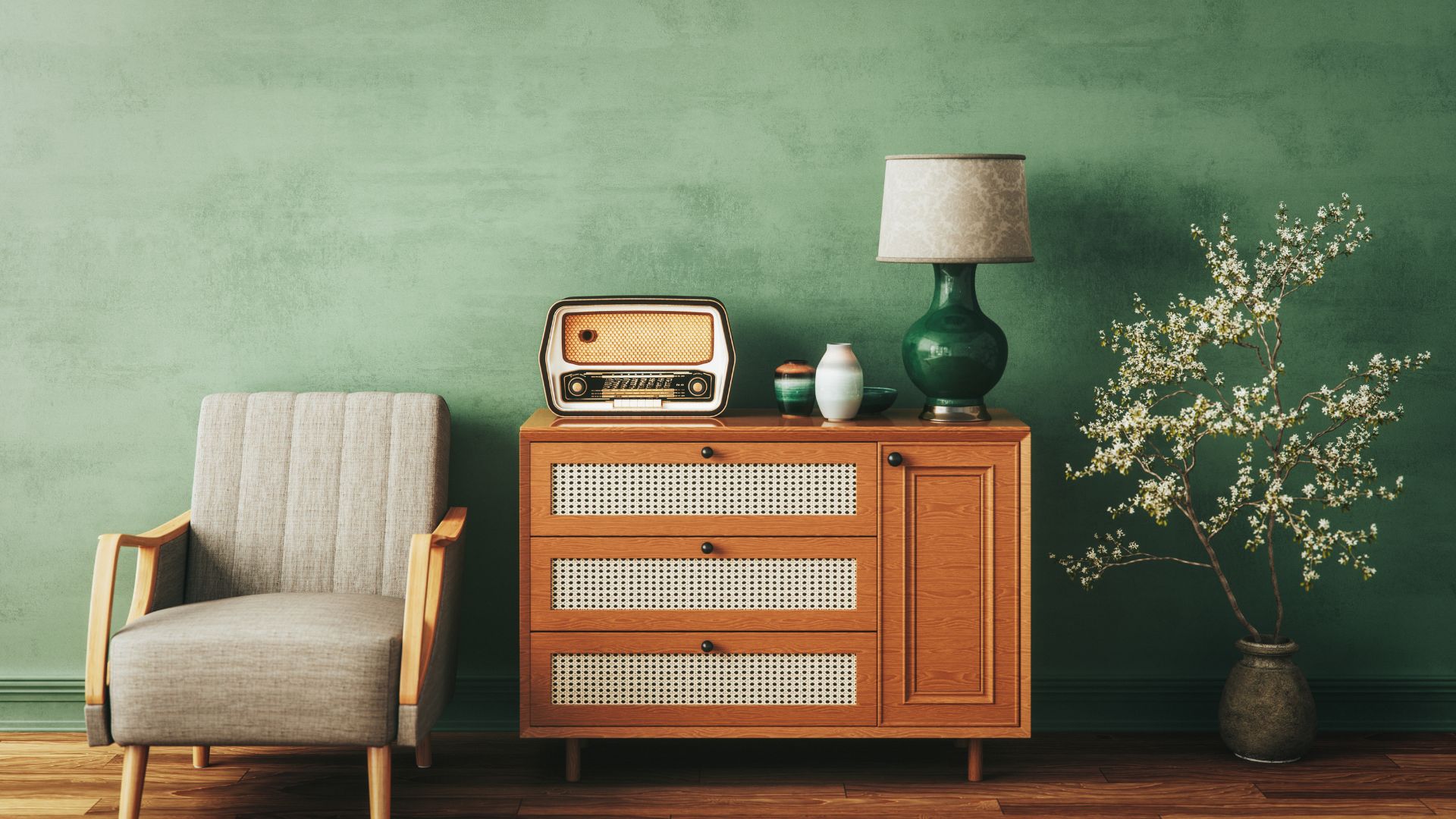
Online shopping and social media snooping/sharing means that, often, people end up with near-identical purchases for their homes.
Consider investing the time in thrifting and shopping vintage pieces - one-of-a-kind pieces bring a sense of history and personality to a room and can really amp up the cosy feeling.
Avoid choosing the wrong rug
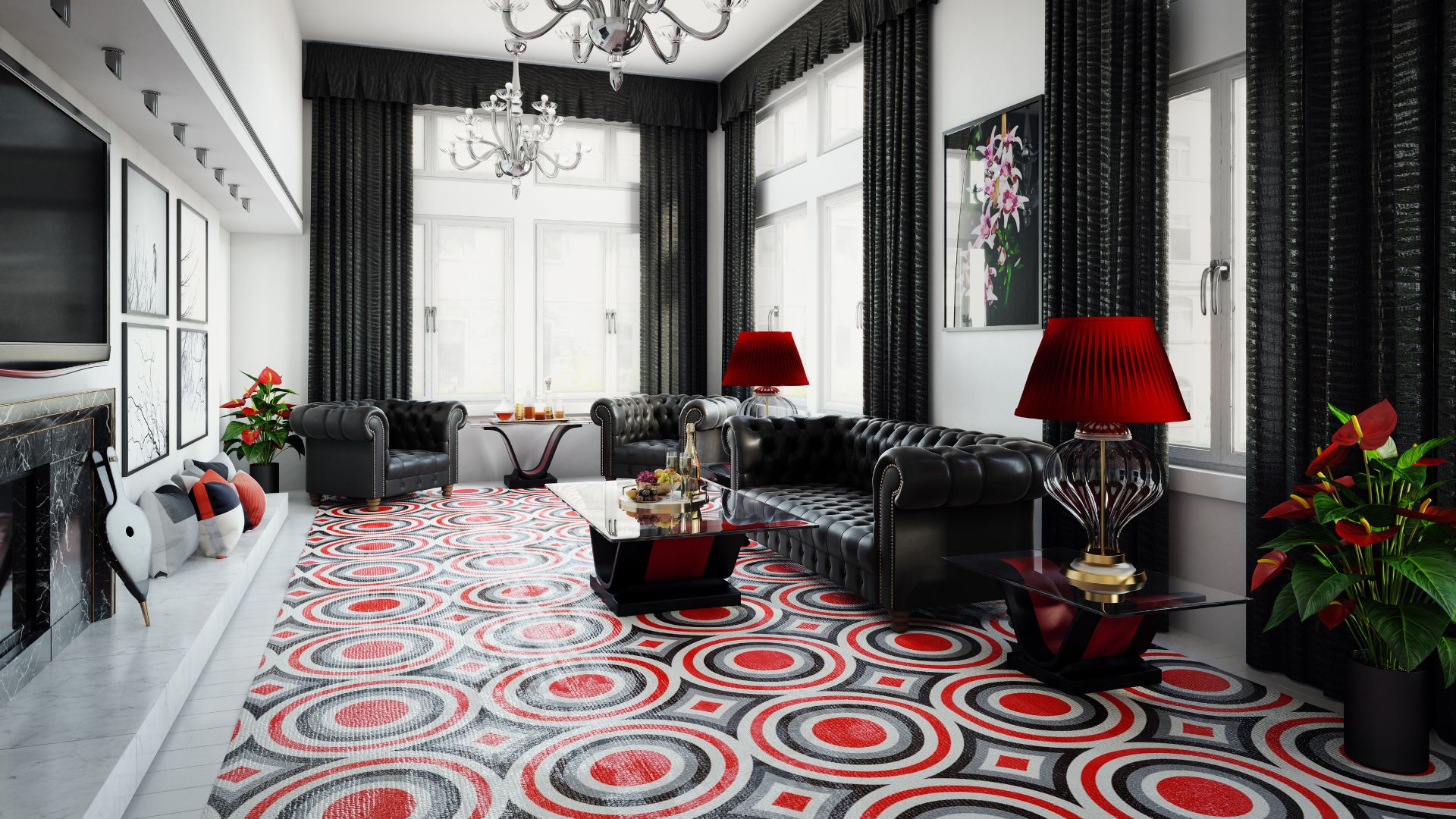
A cold floor is one of the most obvious ways a room can lose its cosy, warm feeling, but panic-buying a rug will also throw off the vibes of a room.
Choosing a rug that’s too small can make your room look smaller and crowded, but one that’s too big can overwhelm a space and be a distraction.
Avoid giving yourself too much to maintain

If you want a space you can really feel cosy in, you don't want to be thinking of all the things you have to stay on top of.
You’ll never relax or feel cosy in a room that just spits up task after task. Try not to use too many things that’ll need a lot of TLC – for example, having a large number of things that show up dust easily, or using colours that will show scuffs and marks.
Don’t forget your hallways

Designing a cosy home will probably mean you spend a lot of time focusing on the rooms you hang out in, but neglecting other spaces like a hallway can throw off the welcoming feel of a home.
If you enter a home to an empty, cold hallway, it's a bad first impression. Think about placing some family photos or artwork in the entryway, or a hall table with flowers is always a lovely, cosy thing to have greet you.
Don't be scared of colour

Colours are one of the easiest ways to make a place feel cosy - reds, oranges and yellows give off warm vibes, but the right selection of blues and greens can make you feel at ease.
If you're not necessarily a fan of big and bright colour, you can start smaller by adding a pop of colour with a statement bit of furniture or accent.
Avoid bare walls
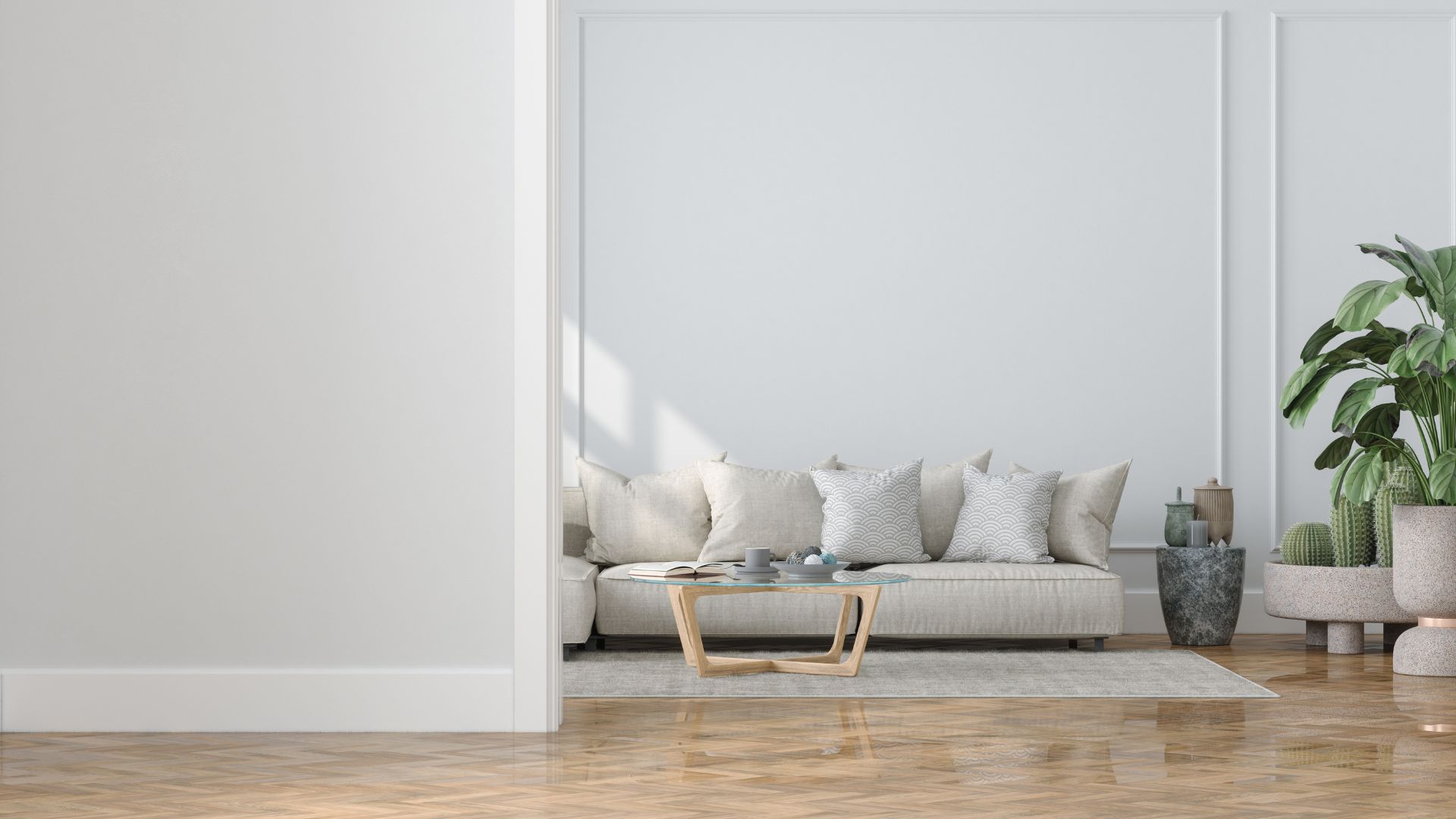
Empty walls can make a space look and feel unfinished, and this can give the feeling that a house isn’t a home yet.
Don’t overdo it, and if you don’t want to hang too many things on the wall, at least consider a statement wall painted a bolder colour to break up the room.
Not having a focal point
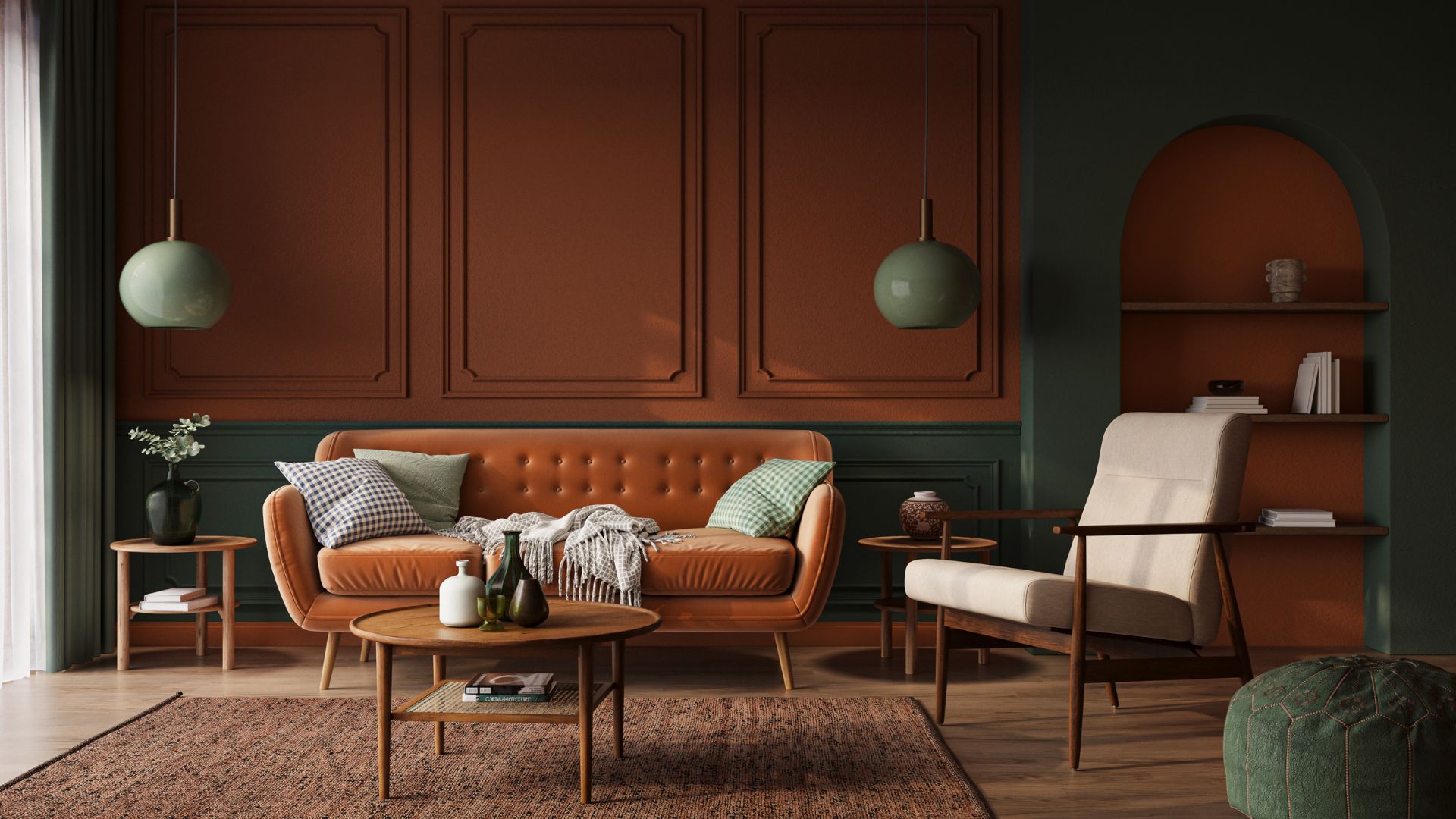
A focal point doesn’t just elevate the beauty of a space, it anchors your room. A focal point is a space around which all other activities of your room gravitate. This can be a television, a piece of statement art, a dining table; or whatever works best in your space.
Don't forget about your other senses

It’s not just about what you can see, but smells can make or break a home. The simple act of lighting candles is another way to set the scene - just think how impactful the elements of candlelight are for the philosophy of Hygge.
Pronounced 'hoogah', Hygge is a Nordic attitude which centres cosiness and everyday comforts.
Avoid being too neat and tidy

Cosiness comes from relaxation and openness. This means that people should feel at ease to be themselves around your space.
If you're too concerned with everything being in its exact space, or an obsessive need to clean up every mess immediately, people will feel tense.
It's a fine balance. A messy space is also off-putting. But just let people mess up the rugs or sit on the cushions. You can neaten up afterwards, but you can't beat the feeling of everyone enjoying being together in your happy place.

Jack Slater is not the Last Action Hero, but that's what comes up first when you Google him. Preferring a much more sedentary life, Jack gets his thrills by covering news, entertainment, celebrity, film and culture for woman&home, and other digital publications.
Having written for various print and online publications—ranging from national syndicates to niche magazines—Jack has written about nearly everything there is to write about, covering LGBTQ+ news, celebrity features, TV and film scoops, reviewing the latest theatre shows lighting up London’s West End and the most pressing of SEO based stories.
-
 We're in awe of Sienna Miller's easy-going and 'piece-y' hairstyle and how perfect it is for spring
We're in awe of Sienna Miller's easy-going and 'piece-y' hairstyle and how perfect it is for springThis laid-back hairstyle is - quite literally - making waves this season
By Naomi Jamieson
-
 We never thought we'd see this 'dated' manicure make a chic comeback, but here it is - and we're on board
We never thought we'd see this 'dated' manicure make a chic comeback, but here it is - and we're on boardClean and angular, short square French tips are a go-to this season for a practical but stylish manicure...
By Naomi Jamieson
-
 Gone but not forgotten: The home furnishing trends that are making a big comeback
Gone but not forgotten: The home furnishing trends that are making a big comebackHome decor trends come and go, but the very best always find their way back
By Natalie Denton
-
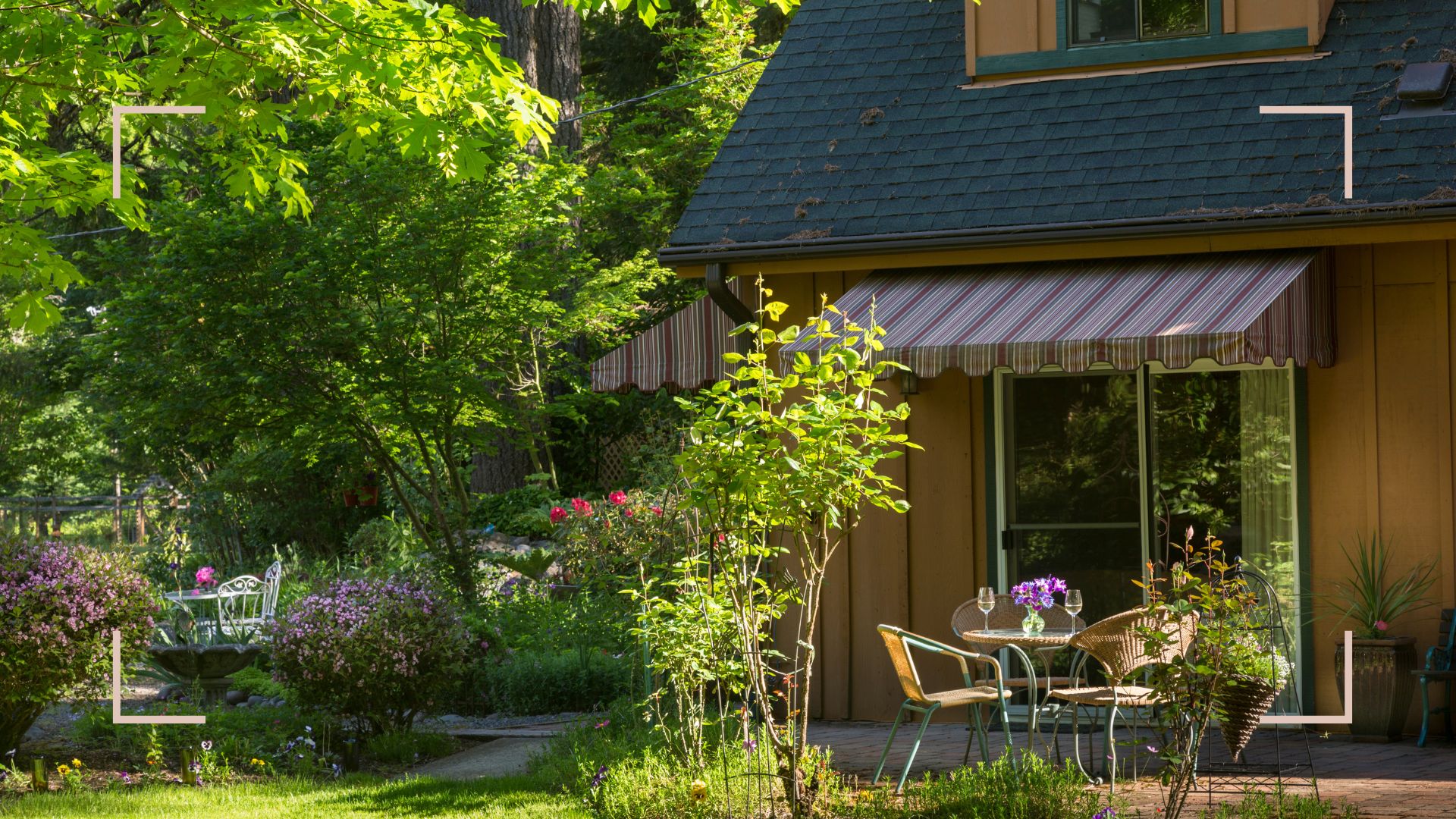 What is 'shadescaping'? Expert suggests this new trend is the secret to keeping a house cool
What is 'shadescaping'? Expert suggests this new trend is the secret to keeping a house coolAs temperatures soar it's time to think about the best ways to future-proof our homes to reduce the heat indoors
By Tamara Kelly
-
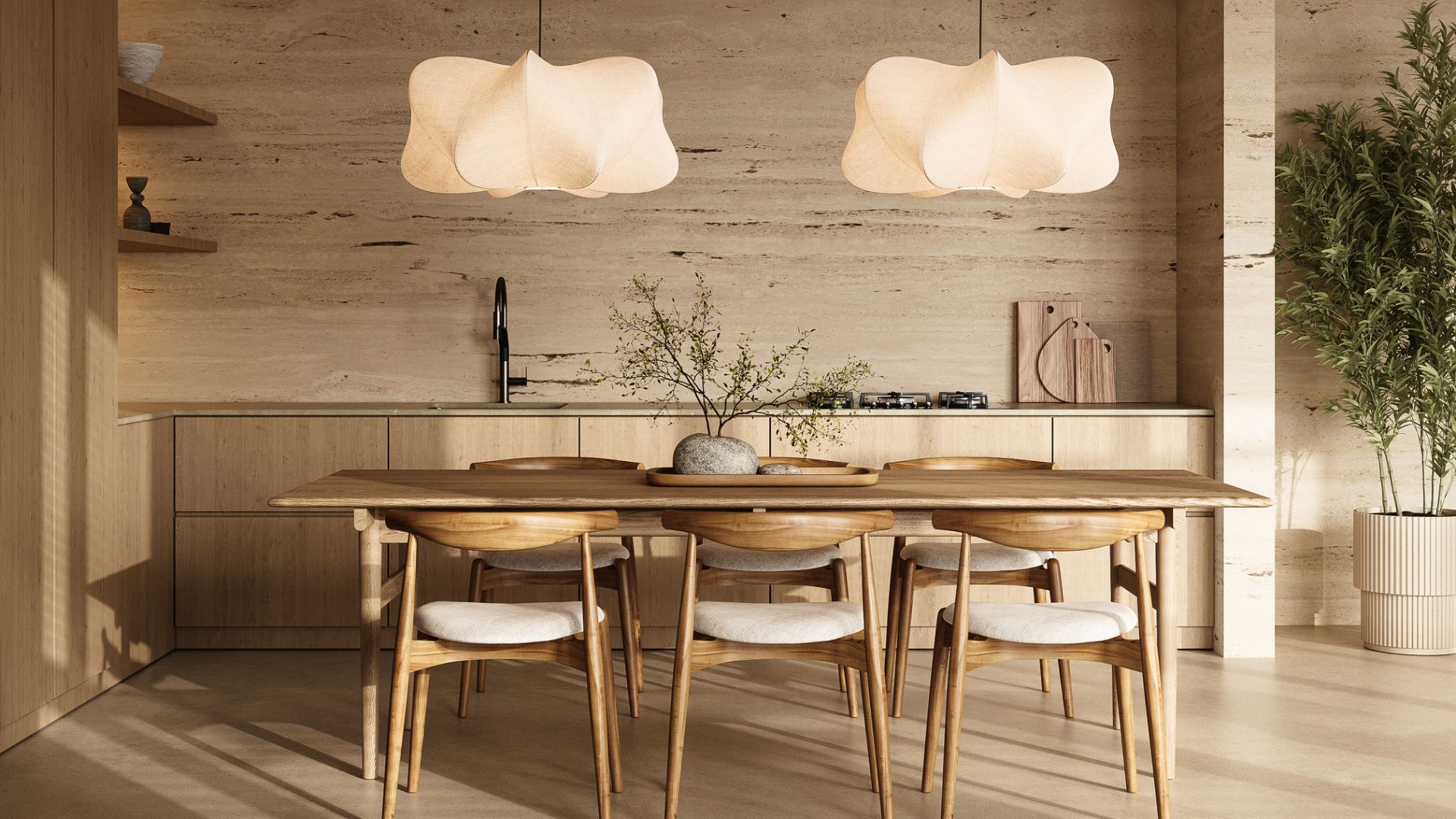 32 dining room ideas for a stylish, welcoming space
32 dining room ideas for a stylish, welcoming spaceLooking for fresh and exciting ways to liven up your dining room interiors? We've got you covered
By Elena Kiratzi